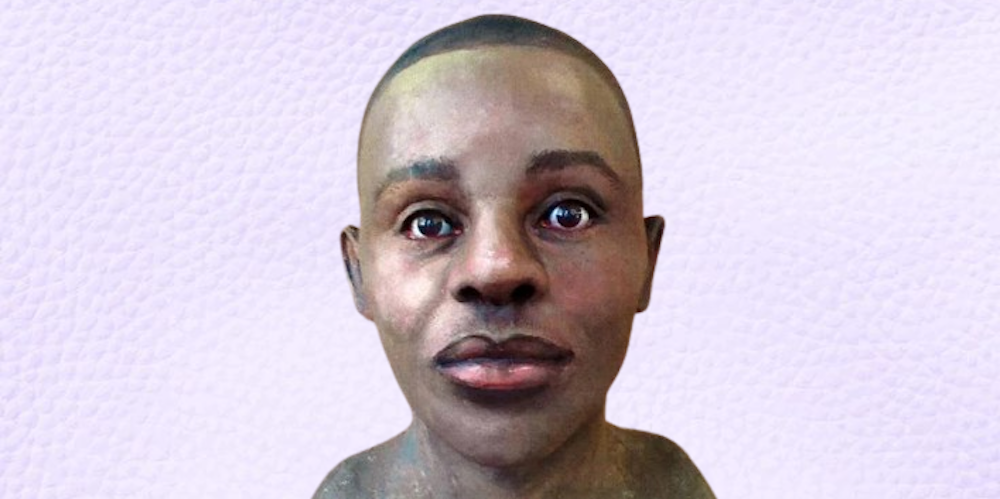The neo-western thriller Dark Winds is now on Netflix and has taken fans by storm once again. But is any of it based on true events?
Move over, Yellowstone… there’s a new sheriff in town. In fact, there are three, thanks to AMC’s Dark Winds.
The series has now made its debut on Netflix and follows two Navajo police officers who delve deeper and deeper into the secrets of a double murder.
Not only is the show itself Native American, but the representation extends beyond the screen. But how much of Dark Winds is a true story and is everyone happy with the representation?
Is Dark Winds based on true events?
Technically speaking, Dark Winds is not based on a true story. Instead, it is based on the book series “Leaphorn & Chee” by Tony Hillerman.
 AMC
AMCThe name may sound familiar even if you haven’t read it – and that’s because Dark Winds isn’t the first adaptation of this series. The 1991 film Dark Wind was also inspired by the series, with executive producer Robert Redford later producing adaptations of Skinwalkers, A Thief of Time and Coyote Waits.
In this case, the new TV show is heavily influenced by the books Listening Women and People of Darkness. We see a faithful adaptation by Leaphorn, Chee, and Officer Bernadette Manuelito… but there’s a lot of creative freedom with the rest.
After Hillerman’s death in 2006, the Leaphorn & Chee books were published by his daughter Anne, which may explain why Bernie (Jessica Matten) has a larger presence in the television series than in the original books. Leaphorn is mostly a supporting character at this point, and his presence throughout the book series is different from that in the series.
Anne Hillerman has published two books since Darks Winds began – The Sacred Bridge (2022) and The Way of the Bear (2023). While we don’t yet know what Dark Winds Season 3 will look like, there’s a chance we could see influences from the new books in later episodes.
The show has its own cultural advisor
In addition to a completely Indian writers’ room, Dark Winds also has its own indigenous cultural advisor, George R. Joe.
 AMC
AMCSpeaking to the LA Times, Joe described the “huge stress” the role brought on him as he grappled with challenges such as potential cultural appropriation of other indigenous groups and language barriers.
“My role in Dark Winds was very stressful because I had a huge responsibility to get it right – at times I felt the weight of my people on my back. But there will always be critics,” he explained. “I can only be grateful to my parents for raising me as a Navajo who can live confidently in both worlds and for incorporating that background into our portrayal on screen.”
As both the books and the television series point out, Dark Winds is deeply rooted in Native American spiritual culture, which is multifaceted… and not always easy to translate.
The depiction of skinwalkers (supernatural shape-shifters believed in by many West Indian tribes) was also a cause for concern. “Traditional Navajo dare not speak or discuss them because we believe they are being invited to do so – mentally and literally – and there are people who find their portrayal on television offensive because they believe it reinforces stereotypes.”
“While I was careful to be accurate, as skinwalkers do exist and are an aspect of Navajo culture, the decision was ultimately made not to depict skinwalkers in Dark Winds due to the cultural sensitivity of the subject matter.”
In addition to the Redford adaptation we mentioned earlier, Skinwalkers have been referenced in many other television shows, including Skinwalkers: The Navajo Mysteries and The X-Files.
Writer Billy Luther told Variety in 2022: “As a group, we didn’t want to focus on the supernatural elements that are out there and write things like shapeshifting. It was more about bringing the story back to what it really is – the complex lives of these characters.”
“We were allowed to revisit the stories Hillerman wrote about and bring our connection to them.”
Some indigenous experts say it misses the mark
However, that doesn’t mean that everyone is happy with the look of Dark Winds. According to a report by Native News Online, the show “fails to accurately portray the Navajo language and culture.”
 AMC
AMCDiné language and literacy educator Clarissa Yazzie told the outlet, “People just assume we’re indigenous and we’re all similar. The indigenous community is so diverse. You can’t just stereotype us. We’re not a culture.”
Yazzie has also previously taken to TikTok to voice her concerns about the mispronunciation of words on the binge-watching TV show.
“As far as the dialect coaches go, there are so many Navajo-speaking professionals that they could have contacted that could have helped them with the Navajo-speaking roles,” she said. “They really messed that up.”
“That’s why I actually didn’t finish watching the first episode. It’s just too distracting. As a proponent of Diné language revitalization, that’s a big ‘no’ for me.”
Yazzie further clarified that the fault lay with the production rather than the actors and that there should be “no excuse” for such mistakes.
“If you’re producing a show that’s about Navajo culture, the Navajo people and the Navajo reservation, and you use the Navajo language so much, I think you should have done more. This can’t just be an afterthought.”
Seasons 1 and 2 of Dark Winds are now available on Netflix. You can also catch up on the latest news on Yellowstone spinoff The Madison and the best westerns of all time. While you’re at it, check out the TV shows streaming this month. Or for more Dark Winds, find out if Bradley Cooper is actually in it.


.jpg?rect=0%2C15%2C804%2C422&w=1200&ar=40%3A21&auto=format%2Ccompress&ogImage=true&mode=crop)

